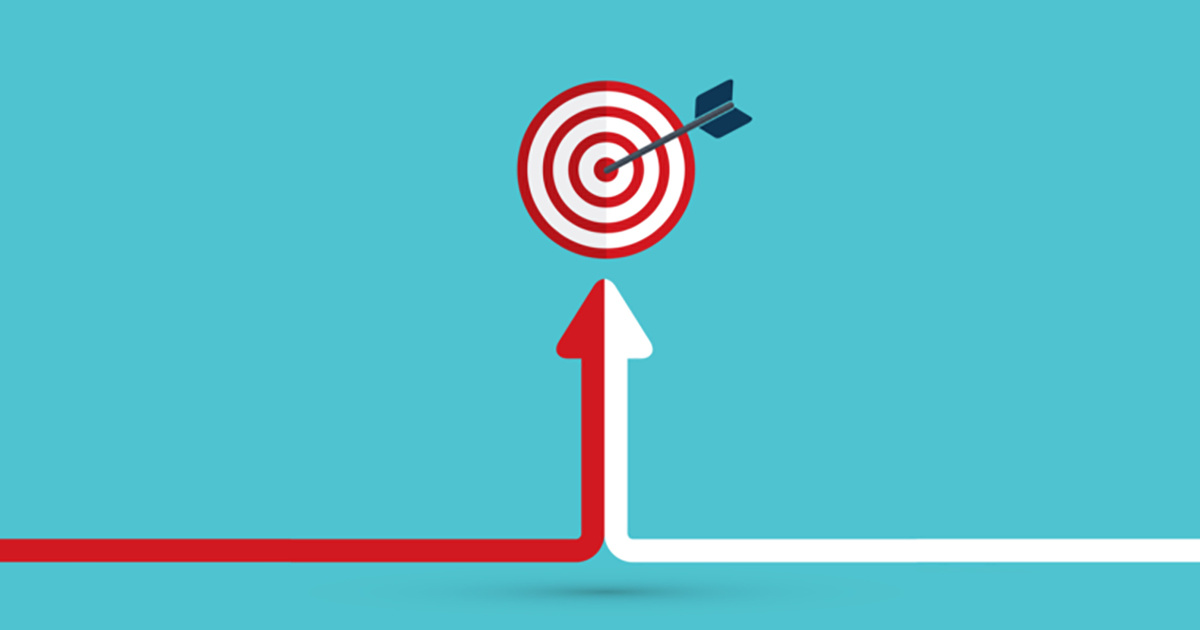
Recognizing the Key Differences Between Remarketing vs Retargeting

Do you know the difference between remarketing vs retargeting?
In the effort to convert more of your website visitors into paying customers, remarketing and retargeting in the ag space are essential strategies that every ag digital marketer ought to know about. And while you might hear both of these terms used interchangeably, there are key differences that differentiate them.
The truth is, very few people actually convert when they visit your website for the first time. According to current data, the average conversion rate for an e-commerce website in the United States is about 2.5 percent.
You’re probably thinking, “But what about the other 97.5 percent?”
The answer? Remarketing vs retargeting.
It takes time for people to make a buying decision. On average, a consumer will see your brand 7 to 8 times before a purchase decision is made. Helping them get there might involve a little extra coercion, but this is where retargeting and remarketing can really help.
Separately or together, they are both effective approaches in helping you close more sales as they keep your brand top-of-mind with a potential customer and generally deliver a very impressive ROI.
It has been awhile since we covered retargeting, so let’s dive a little deeper into these crafty digital marketing techniques and find out how they can work for you.
What is Retargeting?
Retargeting is based on cookies that a user leaves when they visit your site. Sometimes called “behavioral” retargeting, actions are triggered based on the user’s online activities. When a customer visits your website and looks at a specific product—or takes any desired action that you pre-define for your campaign—they will be served an ad displaying that item or service when they visit another ad-enabled site.
Have you heard about a cookieless future?
Basically, retargeting reminds them about products they are already interested in. The philosophy is that the more they see the item, the more likely they are to make the purchase. From a marketer’s standpoint, this is quite valuable, and not only from the point of sale standpoint.
Retargeting removes the guesswork involved in marketing to a customer because you are serving them with an ad for something they have already expressed interest in.
As an example, let’s say Account Manager Monica is researching fungicides on the web. She spends some time on your site, checking out the features and benefits of your newly launched fungicide. Then, she gets a call from a farmer customer and moves on to other concerns. Without retargeting, Monica might forget about your product altogether. However, later that evening, she is doing some online shopping for herself and sees your ad on another site. Reminded of your product, she is encouraged to click on the ad and resume her research.
There are many different approaches to retargeting, and this is an example of what’s called “on-site” targeting. It’s based on actions the user takes while they are visiting your website.
On the other hand, off-site retargeting looks at a user’s web searches, social media or app interactions – anything that the individual does that doesn’t happen on your website.
Here are some stats on the benefits of retargeting:
- Increases engagement and CTR ten times
- Consumers “notice” retargeted ads first
- Improves brand awareness
- Supports all other marketing efforts
- Buyers are 70 percent more likely to convert
- Retargeted buyers are three times more likely to click on your ad
- Twenty-six percent of retargeted customers will return to the site
Summing up, you might say that retargeting is akin to the “squeaky wheel” syndrome. It reminds your site visitors that you exist. They already know who you are, and they like you just fine, but sometimes they need a little nudge to get them to take the next step. Maintaining that presence helps you capture that business because you are touching on their original need. You’ll also be the one they think of when it’s time to buy.
What is Remarketing?
Remarketing is different from retargeting as it speaks directly to the user rather than simply appearing as an ad on another website. So, in other words, though the two strategies share goals, each is an entity unto itself. That said, they do work well together.
Both retargeting and remarketing are directed at users that have already shown interest in your product or service, but that’s where the buck stops. Remarketing describes a way to re-engage customers, using either a personalized email, popups, or notifications.
Some of the most effective remarketing strategies revolve around abandoned shopping carts, upsells, cross-sells, or promotions.
Remarketing Examples
Here’s an example of remarketing: A user adds items to a shopping cart and only partially completes the checkout cycle. That contact information is then used to send an email reminding the customer to come back, sometimes accompanied by a promotional offer, discount, or another incentive.
In another instance, the user might see a pop-up with a discount code when they attempt to leave the site without purchasing, or a notification that’s personalized to them, based on their recent browsing history.
Upselling and Cross-Selling
Remarketing is also an excellent way to upsell or cross-sell products. For example, it might be an email you receive after you’ve purchased a product, thanking you for your purchase and either suggesting a similar item or an accessory. Amazon is pretty quick with this approach, as you no doubt already know if you’ve ever purchased anything through that site.
Email remarketing can also be used to alert customers to sales and promotions on items they have either looked at or purchased in the past. You’ll achieve some brand lift and your customer will walk away feeling good about their buying decision.
Timing is Everything
Results tend to be best when the email arrives within an hour after cart abandonment. The more time that passes, the less likely the customer is to click through and complete the sale. With cart abandonment, especially, it is critical to land in their inbox within that first hour while there is still a strong impetus to buy.
When you think about it, there is no greater interest a buyer can express than actually putting an item into their cart. Remarketing helps you find out why they made that decision (it could have been an oversight) and gives you the chance to get them past their hesitation and guide them back into the fold.
Sometimes, it’s a simple matter of offering a discount or some other type of incentive to complete the sale. For example, your personalized abandoned cart email might offer a discount or a value-added extra as a bonus if they click through and check out. You can also include upsells and cross-sells in the message, suggesting add-ons that complement the product they’ve chosen.
Wording the email in a way that suggests urgency – such as a “sold out!” message – grabs their attention immediately as it implies scarcity or a limited-time offer that they need to act on quickly.
Retargeting and Remarketing are a Winning Combination
Both retargeting and remarketing are excellent digital strategies. They offer attractive conversion rates that prove ROI and provide added value in terms of brand recognition, customer retention, and loyalty.
While ad retargeting fills the top of your funnel and keeps customers interested, email remarketing converts when customers are at the bottom of the funnel and ready to take action.
To Determine Whether Remarketing vs Retargeting is Right for You Schedule a Consultation.
Discover how Gate 39 Media supports agribusinesses clients through inbound marketing and custom agricultural technology solutions.
Contact Gate 39 Media or set up a call with me to learn more.
—
You may also be interested in:
Editor’s Picks
Many people are skeptical or even afraid of Artificial Intelligence (AI). But we've been using it to enhance our team and capabilities. The real...


Connect with us to discover how we can help your business grow.
.jpg)
